Role Inventor Nationality American Home town Columbus | Occupation Inventor Siblings Lyates Woods Name Granville Woods Ex-spouse Loretta Woods | |
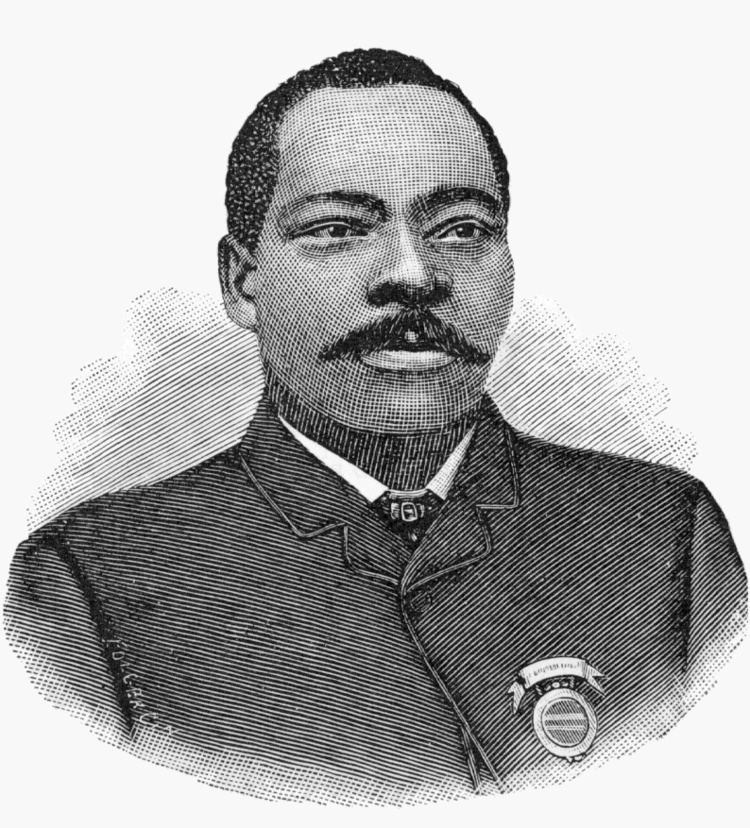 | ||
Full Name Granville Tailer Woods Resting place St. Michael's (Episcopalian) Cemetery, East Elmhurst, New York Education Elementary School until age of 10; self-taught since then Died January 30, 1910, New York City, New York, United States Parents Martha J. Brown, Cyrus Woods Similar People Lewis Howard Latimer, Garrett Morgan, Elijah McCoy, Jan Ernst Matzeliger, Otis Boykin | ||
Cause of death Cerebral hemorrhage | ||
Granville woods
Granville Tailer Woods (April 23, 1856 – January 30, 1910) was an American inventor who held more than 50 patents. He is also the first American of African ancestry to be a mechanical and electrical engineer after the Civil War. Self-taught, he concentrated most of his work on trains and streetcars. One of his notable inventions was the Multiplex Telegraph, a device that sent messages between train stations and moving trains. His work assured a safer and better public transportation system for the cities of the United States.
Contents
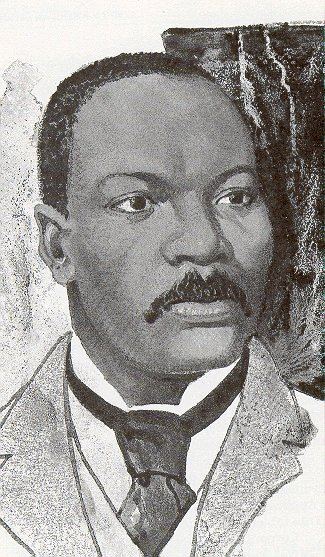
Granville woods
Early life

Granville T. Woods was born to Martha J. Brown and Cyrus Woods. He also had a brother named Lyates. His mother was part Native American, and his father was African American. Granville attended school in Columbus until age 10, but had to leave due to his family's poverty, which necessitated in his need to work; he served an apprenticeship in a machine shop and learned the trades of machinist and blacksmith. Some sources of his day asserted that he also received two years of college-level training in "electrical and mechanical engineering," but little is known about where he might have studied.
Career
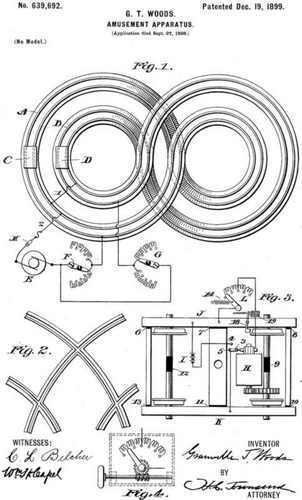
In 1872, Woods obtained a job as a fireman on the Danville and Southern Railroad in Missouri, eventually becoming an engineer. In December 1874, he moved to Springfield, Illinois, and worked at a rolling mill, the Springfield Iron Works. He studied mechanical and electrical engineering in college from 1876-1878. In 1878, he took a job aboard the "Ironsides", and, within two years, became Chief Engineer of the steamer. When he returned to Ohio, he became an engineer with the Dayton and Southwestern Railroad in southwestern Ohio. In 1880, he moved to Cincinnati, Ohio and established his business as an electrical engineer and an inventor. After receiving the patent for the multiplex telegraph, he reorganized his Cincinnati company as the Woods Electric Co, but in 1892 he moved his own research operations to New York City, where he was joined by a brother, Lyates Woods, who also had several inventions of his own.
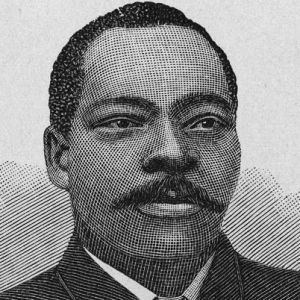
Some internet sources claim he was married. However, the newspapers of his day generally referred to him as a "bachelor." The one indication that he had been married at some point was a brief mention in 1891 that said he was being sued for divorce by a woman identified as Ada Woods. But while little more was said of his personal life, Granville T. Woods was often described as an articulate and well-spoken man, as well as meticulous and stylish in his choice of clothing, and a man who preferred to dress in black. At times, he would refer to himself as an immigrant from Australia, in the belief that he would be given more respect if people thought he was from a foreign country, as opposed to being an African American. In his day, the black newspapers frequently expressed their pride in his achievements, saying he was "the greatest of Negro inventors", and sometimes even calling him "professor," although there is no evidence he ever received a college degree.
Inventions
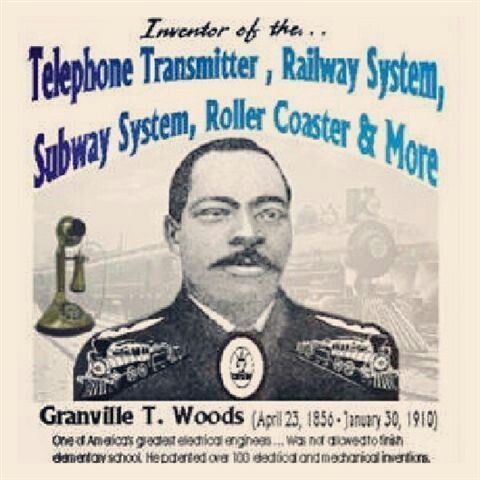
Woods invented and patented Tunnel Construction for the electric railroad system, and was referred to by some as the "Black Edison."

In 1885, Woods patented an apparatus which was a combination of a telephone and a telegraph. The device, which he called "telegraphony", would allow a telegraph station to send voice and telegraph messages over a single wire. He sold the rights to this device to the American Bell Telephone Company. In 1887, he patented the Synchronous Multiplex Railway Telegraph which allowed communications between train stations from moving trains, a technology pioneered by Lucius Phelps in 1884.
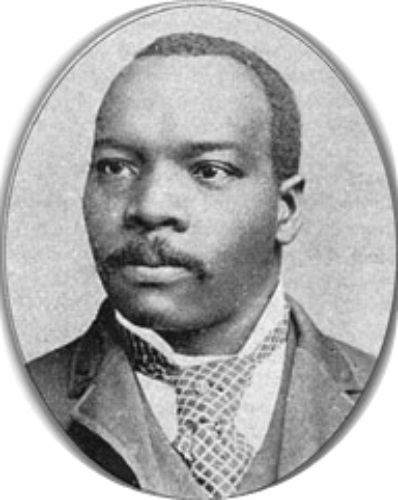
Thomas Edison later filed a claim to the ownership of this patent. In 1888, Woods manufactured a system of overhead electric conducting lines for railroads modeled after the system pioneered by Charles van Depoele, a famed inventor who had by then installed his electric railway system in thirteen U.S. cities. In 1889, he filed a patent for an improvement to the steam-boiler furnace.
Granville Woods often had difficulties in enjoying his success as other inventors made claims to his devices. Thomas Edison made one of these claims, stating that he had first created a similar telegraph and that he was entitled to the patent for the device. Woods was twice successful in defending himself, proving that there were no other devices upon which he could have depended or relied upon to make his device. After Thomas Edison's second defeat, he decided to offer Granville Woods a position with the Edison Company, but Granville declined.
Woods is sometimes credited with the invention of the electric third rail, however, many third rail systems were in place in both Europe and North America at the time Woods filed for his patent in 1901. Thomas Edison had been awarded a patent for the third rail almost two decades earlier, in 1882.
Woods is also sometimes credited with the invention of the air brake in 1904 for trains, however, George Westinghouse patented the air brake almost 40 years prior.
Over the course of his lifetime Granville Woods would obtain more than 50 patents for inventions including an automatic brake and an egg incubator and for improvements to other inventions such as safety circuits, telegraph, telephone, and phonograph. He died on January 30, 1910 in New York City, having sold a number of his devices to such companies as Westinghouse, General Electric and American Engineering. Until 1975, his resting place was an unmarked grave, but historian M.A. Harris helped to raise funds, and persuaded several of the corporations that used Woods's inventions to donate towards a headstone. It was erected at St. Michael's Cemetery in Elmhurst, Queens NY.
Baltimore City Community College established the Granville T Woods scholarship in memory of the inventor.
